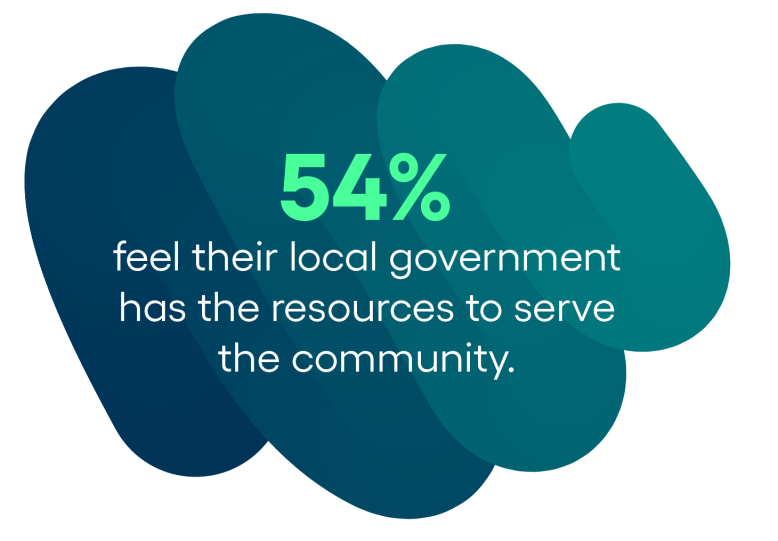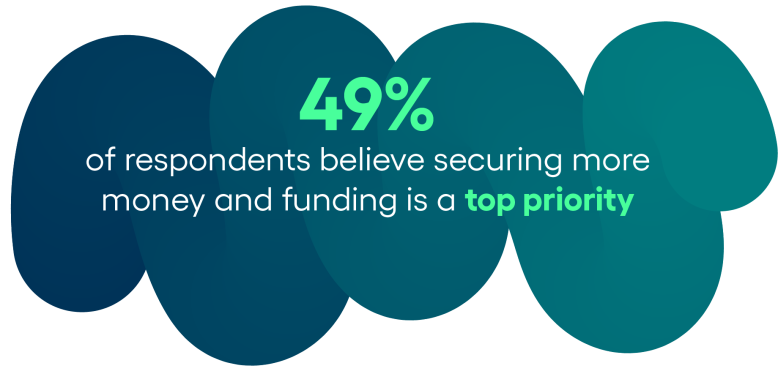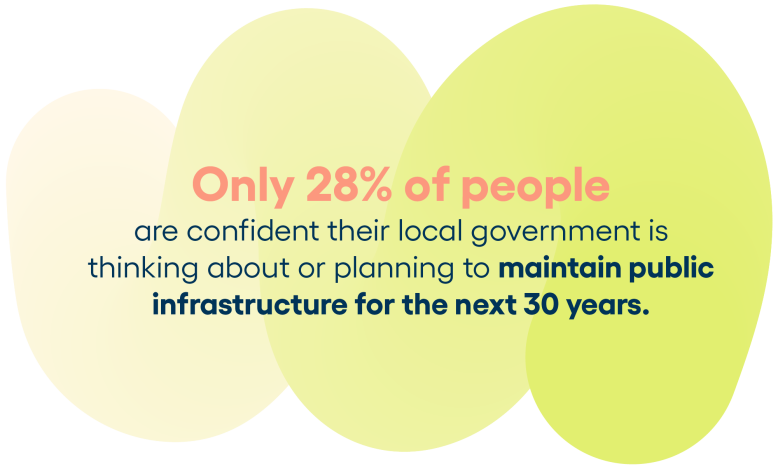The American Infrastructure and AIP Study: Government: Consumers expect local governments to do more with less
Part 2 of Brightly Software’s consumer survey highlights perceptions of local government infrastructure
In the last few years, the federal government has announced and delivered funding for infrastructure improvements across the nation through President Biden’s Infrastructure Investment and Jobs Act (IIJA).
During the three years that have passed since the IIJA was signed, the funding has made its way to the local level, with organizations like the National League of Cities tracking which areas across the country have received this influx. Despite the funds, public infrastructure continues to age and degrade through external stressors that repairs or even replacement can’t fix alone.
Following Brightly Software’s summer 2024 pulse on the state of infrastructure and assets in education, the company polled 1,000 general U.S.-based consumers on their perceptions of local government infrastructure.
The data found that while respondents were generally optimistic about the state of their local government infrastructure, 54% feel their local government has the resources to serve the community and 49% believe securing more money and funding is a top priority to improving local government infrastructure.
Examining the findings

40% of respondents graded their local public infrastructure a “B”, while 1 in 4 gave a “C” rating.
While Americans reported good to average ratings of their local, public infrastructure, slightly above the ASCE 2021 Report Card for America’s Infrastructure C- rating, only 45% feel safe traveling on roads and bridges in their area and 1 in 5 respondents noted concern about the condition of their public transportation.
At a time when 36% of respondents say the state of their local infrastructure would impact their decision on where to live and whether to move, the data points to a continued need for local government to communicate infrastructure repairs and provide visibility to citizens to strengthen communities, yet only 47% believe their local government knows the true condition of public infrastructure.

54% feel their local government has the resources to serve the community.
The data indicates that consumers believe their local governments have the necessary resources to repair aging assets (53%) and replace assets (42%). However, 49% of respondents believe securing more money and funding is a top priority to improving local government infrastructure.

The results suggest a contradiction – respondents believe governments need to prioritize securing more funding yet believe the government already has the resources needed to maintain assets. In fact, consumers noticed an uptick in these resources – 35% say they’ve seen an increase in infrastructure repairs and upgrades over the past two years. This indicates that the increase in federal funding could make consumers more reluctant to provide additional funding.

- Only 28% of people are confident their local government is thinking about or planning to maintain public infrastructure for the next 30 years.
Nearly half of the respondents are optimistic when it comes to the data and tools available to our local governments. 45% agree they’re confident that local governments have the data needed to make informed decisions about infrastructure upgrades, and 43% believe the government has the technology needed to maintain public facilities. There is some concern when it comes to planning for the future: only 39% were confident their local government is thinking about and/or planning to maintain and improve public infrastructure over the next five years.
While there’s a slight increase in consumer confidence about local governments’ plans for the next ten years (41%), this dips to 28% when thinking about 30 years in the future.
What does this mean?
Despite the federal funding applied to local governments, our nation’s infrastructure will continue to degrade to failure unless addressed.
The survey data shows that consumers believe their local governments have the resources, data and technology in place needed to maintain, repair and/or replace assets, but are not confident on their city’s ability to enact short- or long-term plans about asset upgrades.
This highlights the need for local governments to optimize budgeting and capital planning for asset maintenance – both short- and long-term – but also their need to communicate these plans with citizens and local communities.
What’s next?
Asset investment planning (AIP) supports governments in better anticipating and planning for maintenance, repairs, or replacement of assets and infrastructure. The right technology and methodology centralize data and insights for easier, streamlined budget discussion and support data-driven decisions about funding, all while better informing and visualizing plans to the local community.
Learn more about the benefits of asset investment planning for government.
Methodology: This survey was conducted via Dynata and polled 1,000 general U.S.-based consumers over 18 years of age in April 2024. Respondents were segmented and analyzed across age groups, gender, marital status, having children and household income.


